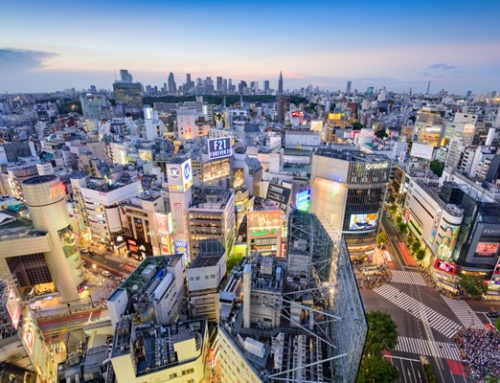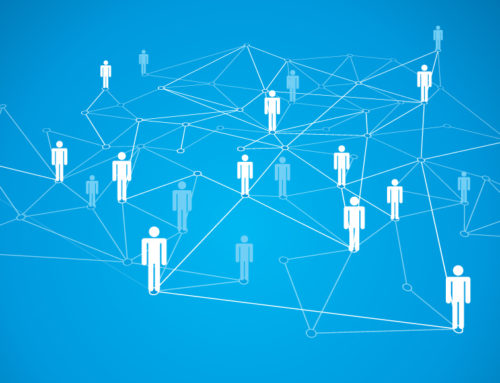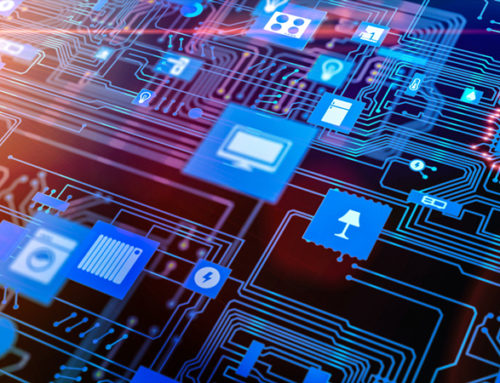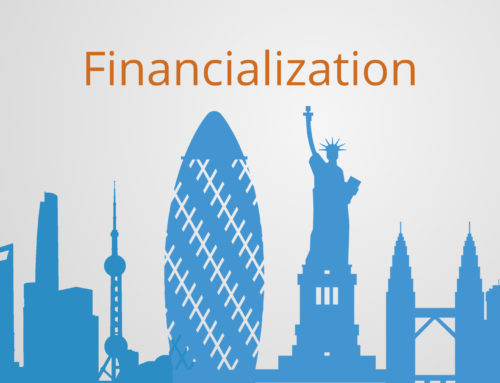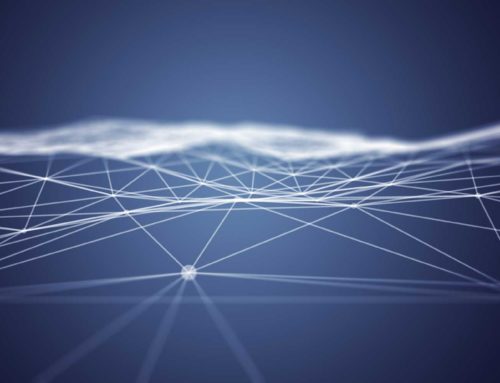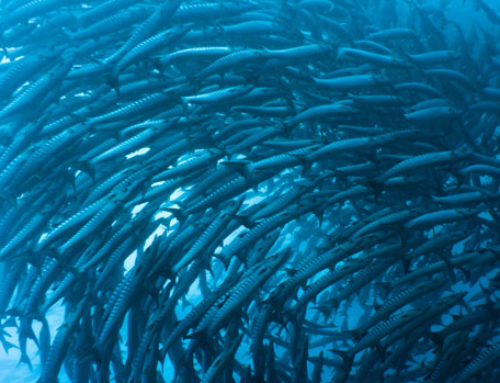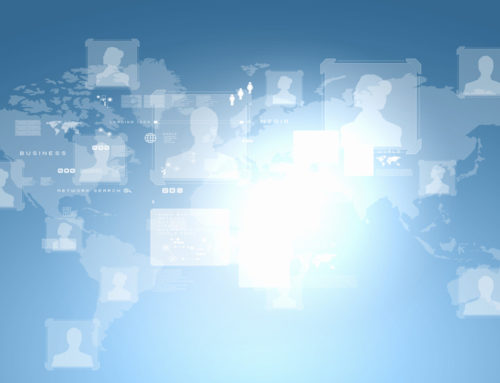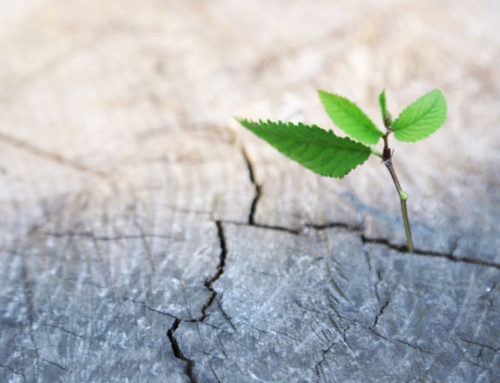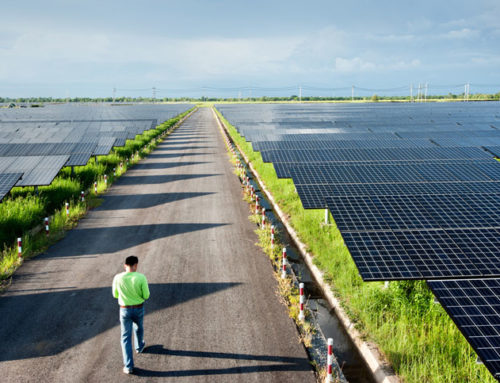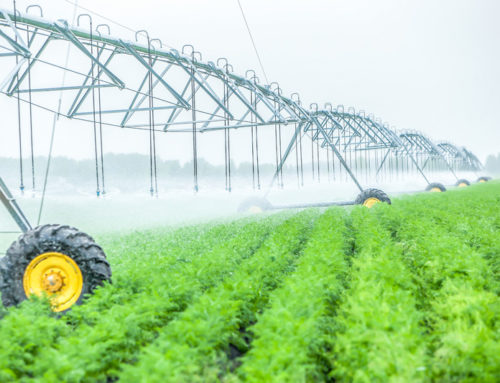Energy Systems Resiliency
As economies develop they require a greater input of energy, and they become more dependent on the continuous input of that energy in order to maintain their basic structure and processes. In advanced economies today energy is a critical infrastructure enabling virtually all areas, whether we are talking about food or cooling, whether we are talking about transportation or water, lighting or moving goods and people or even running our information technology. In short it has become a critical infrastructure, that every aspect of our economies depends upon; people expect these energy systems to be there and to recover quickly when damage.
But in a world of climate change and escalating complexity, one thing is for sure extreme events will happen, they will likely be more prevalent, and they will affect our energy systems. Whether that is disruptions to shipping routes for oil and gas pipes or damaged electrical power lines and power plants like the recent Fukushima accident. These extreme events often affect the most vulnerable parts of the world, the recent earthquake in Nepal being an example where weak government institutions exacerbated the situation.
When we couple this increased likelihood of extreme events with rapid urbanization in developing economies - that often leads to over populated megacities with weak infrastructure - we can begin to see the significance of energy resilience. But this wonât just be an issue for developing economies, in developed nations the building of the smart grid that integrates our electrical power system into the Internet will also create new and unforeseen exposure to cyber attacks.
“Every intervention you take is a systemic intervention, and that if you move something here, something else will move, and that it has consequences both ways good and bad and that is what makes you resilient” - Sabine Biesheuvle ENVIU
From Robustness To Resilience
Adaptability and flexibility were not capabilities that were built into industrial age systems of organization and technology, they were designed to operate in stable, predictable environments with the main aim being economics of scale, they achieved this through standardization and centralized mass production, the aim was to remove or reduce variation and fluctuations in order to maintain a predictable operating environment.
In the energy sector then, whether we are talking about the policy institutions or the business models or the technology, they were all designed for a relatively stable environment, it is an energy sector that was designed for large-scale projects driven by centralized utilities. You could design your hydroelectric dam project for a one hundred-year flood and you knew that it would be a 100 years before that flood happened again, but now those 100 year floods are happening in fifty years or twenty years. If we look at some of the climate changes that are happening, climate induced catastrophic events are happening faster and more furiously but our energy systems, in terms of regulation policies, institutions and technology are all still slow to respond. What they need - given this new context - is greater adaptive capacity, agility and resiliency.
Resilience is the ability to absorb shocks while continuing to function, the capacity for a system to return to functionality after a disturbance. It is important to note that resiliency is different from robustness, as robustness implies the ability to withstand perturbations, when we design or manage a system for robustness we are trying to build up its strength in order to deflect any alteration, which is what we used to do. But designing for robustness - complete fault tolerance - is not always possible or advisable when dealing with more volatile environments.
It will never be possible to prevent natural forces from affecting something like power lines. The real test of any networkâs resilience is how quickly and intelligently it can handle such disruptions. Think, for example, of the Internetâs ability to reroute packets of data swiftly and efficiently when a network link fails. This makes the Internet very resilient, even though it fails often it is able to quickly recover from that failure. This is how the grid needs to be in order to avoid major disasters, a grid the does not attempt to be impervious to all failures but instead designed for resilience.
Distributed Systems
Moving from a centralized model towards distributed energy systems will be key to enabling more resilient energy supply. The large centralized industrial energy systems that are dependent on elite energy sources of fossil fuels create fragility in the form of centralized nodes and critical linkages. This is the case on all levels, in the global energy system, with places like Saudi Arabia forming hubs, and critical links - what are called choke points - like the Straits of Malacca, representing fragile connections susceptible to geopolitical instability and terrorist attack. But equally these same fragilities exist on the national and local level.
This fragility within our conventional energy systems is largely a function of their dependence on elite energy sources that are only found in a few places in large enough abundance to be economy worth extracting. Shifting to alternative energy sources will be key in reducing the level of criticality within the system as renewables, like solar and wind, are widely distributed energy sources. Distributed technologies reduce dependency on centralized hubs and make people more self-sufficient. Equally alternative technologies represent a much more flexible system, for example a solar park can be built in a few months whereas traditional power plants may take more than 10 years from initial planning to energy coming on stream. User generated systems donât require centralized planning - and trying to predict the future - which becomes less possible as volatility and complexity increase, instead they enable local adaptation.
Off-grid technologies will play a critical role in developing nations, both in mitigating the poor infrastructure in large urban centers and extending the grid to rural areas. One example of this is d.light which is a global social enterprise delivering affordable solar-powered solutions designed for the two billion people in the developing world without access to reliable energy. d.light provides distributed solar energy solutions for households and small businesses. Through frugal innovation they developed a solar lantern that costs as little as ten dollars. The social business has sold over ten million solar lights and power products in 62 countries, powering the lighting demands for over 100 million people.
Organization
Energy security is typically talked about in the context of supply, securing reliable supply and a diversity of sources, and this is important but just as important - if not more - is the demand side, the key idea here being autonomy. The vulnerability of a system is a function of its exposure to some risk and that exposure is really about dependency, if you are not dependent on something you will not be exposed to risk from it. A primary way to reduce dependency is to reduce demand, make the overall system more efficient in order to reduce demand and dependency. Improving overall efficiency to reduce demand is really about organization, it is about how we design the system in order to enable integration; effective coordination across many different domains. It is about the interaction between energy and transport, transport and the urban environment, between buildings and energy and how all of these things interact in either a destructive fashion, to reduce efficiency, create waste and dependency or to coordinate their functioning and enable synergies, efficiency gains and autonomy to reduce dependencies and vulnerabilities.
At a recent Shell conference attendees were asked what three words defined energy resilience for them, many words came to peopleâs minds such as urbanization, leadership, stress, innovation, education, integrating and water. But the number one response that was repeated many times was collaboration. Energy systems involve many different stakeholders, they are complex ecosystems of many different actors. Achieving desired outcomes requires collaboration across the entire value chain, and this helps to build systems integration that can be identified as the central, most important factor to achieving the desired outcomes from our energy systems, whether we are talking about sustainability, efficiency or resiliency, integration is an enabler for all of these. Collaboration requires building common platforms, to identify all the different stakeholders, give them representation and facilitate their interaction and relationship building, out of this can emerge the strong partnerships that build integration and resilience in times of stress.
Key to enabling this organization will be information technology, as new internet of things technologies and systems converge onto the grid the effective use of information technology to automate the coordination and integration of all of this will be important in creating an effective resilient grid.

